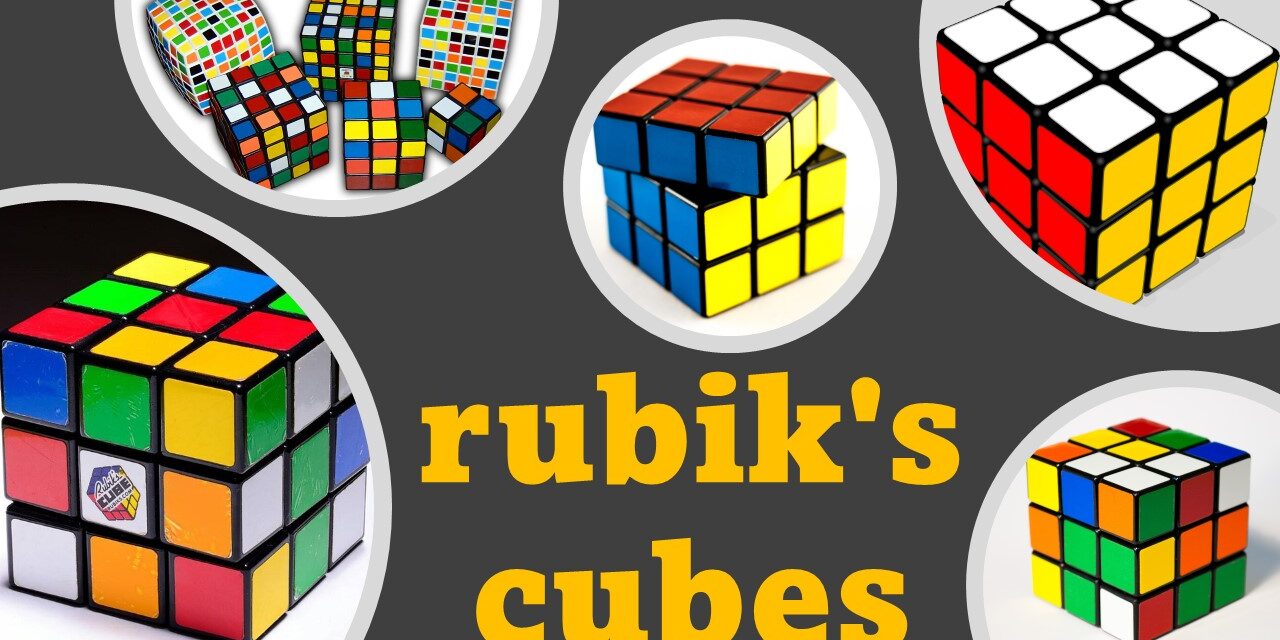Solve a Rubik’s Cube Like a Pro
The Rubik’s Cube has been a popular puzzle since its invention in 1974. It consists of a 3x3x3 cube with six different colored faces. The challenge is to solve the cube by twisting and turning the sides until each face is a solid color. While it may seem daunting at first, with the right approach and strategies, you too can solve a Rubik’s Cube like a pro.
Understanding the Cube
Before diving into the solving methods, it’s important to understand the different parts of the Rubik’s Cube:
- Corners: The eight smaller cubes at the corners of the larger cube.
- Edges: The twelve smaller cubes along the edges of the larger cube.
- Center pieces: The six larger cubes in the center of each face.
The Beginner’s Method
If you’re new to solving Rubik’s Cube, the beginner’s method is a great place to start. It involves solving the cube layer by layer, focusing on one face at a time. Here are the basic steps:
- Cross: Start by solving a cross on one face using the same colored edges.
- First Layer: Complete the first layer by solving the remaining three edges and corners that match the center color.
- Second Layer: Solve the middle layer by pairing the edge pieces with their respective corners.
- Top Layer: Finally, solve the top layer by orienting and permuting the last layer corners and edges.
Advanced Methods
Once you’ve mastered the beginner’s method, you can dive into more advanced solving techniques. Two popular methods among speedcubers are the Fridrich method and the Roux method.
The Fridrich Method
The Fridrich method, also known as CFOP (Cross, F2L, OLL, PLL), is widely used for speedcubing. It involves solving the cube in layers but utilizes additional algorithms and techniques to optimize solving time.
The Roux Method
The Roux method is another popular technique that differs from the layer-by-layer approach. It focuses on block building and solving the cube in two stages – the first block and the last block. This method requires less move count and is favored by some speedcubers.
Practice and Patience
Regardless of the method you choose, solving a Rubik’s Cube like a pro requires practice and patience. It’s important to memorize algorithms and practice them repeatedly to improve your solving speed and efficiency. Don’t get discouraged if it takes time to master the techniques – with dedication, anyone can become a Rubik’s Cube pro!
Conclusion
Solving a Rubik’s Cube may seem like a complex task, but with the right strategies and methods, it becomes an achievable goal. Whether you’re a beginner or an experienced solver, there’s always room for improvement. So, grab your cube, learn the techniques, and unlock the secrets to solving a Rubik’s Cube like a pro!






